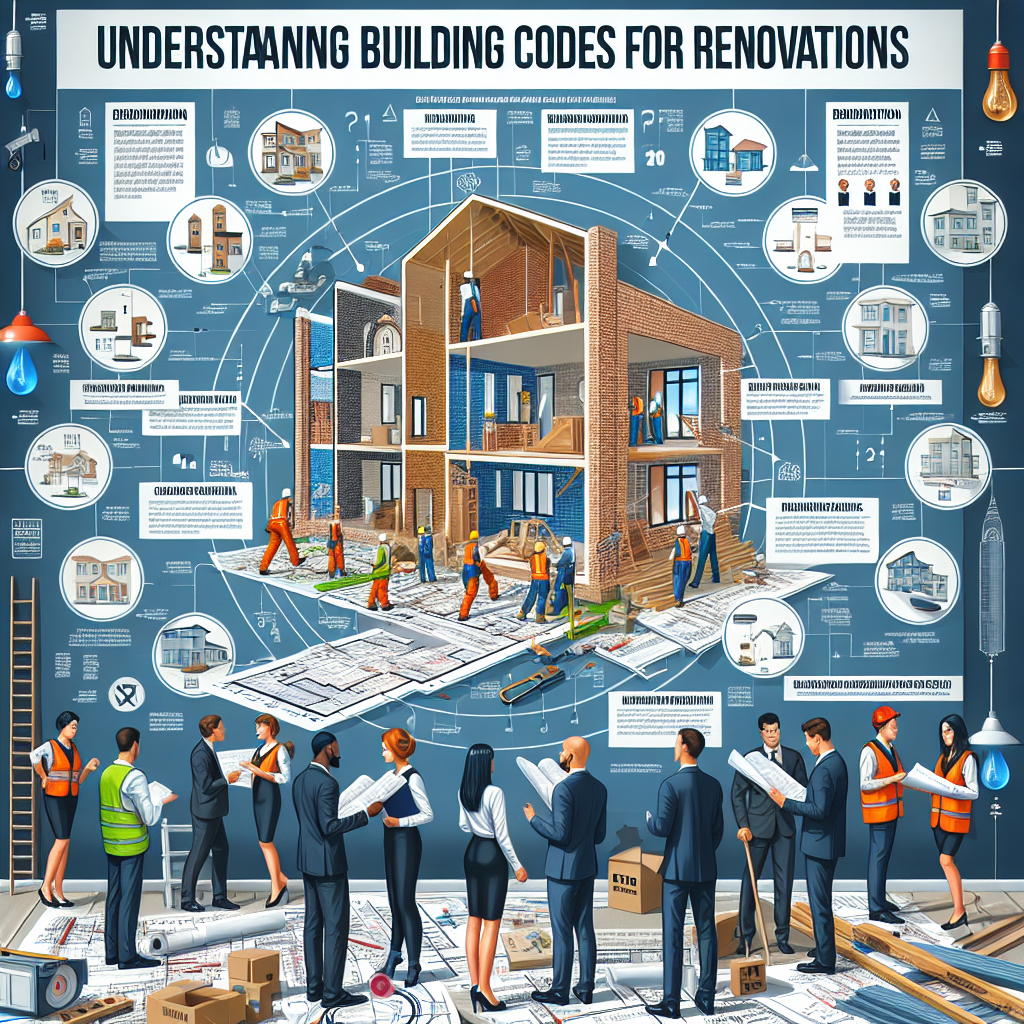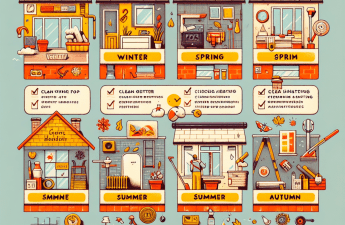Understanding Building Codes: What You Need to Know Before Renovating
Embarking on a renovation project is no small feat. Whether you’re adding a splash of personality with a new interior design or going all out with structural changes, there’s one crucial element you must not overlook—building codes. In this guide, we’ll demystify building codes, break down the essentials you need to know before picking up that sledgehammer, and add a sprinkle of humor to keep things light!
What Are Building Codes?
Building codes are a set of regulations that govern the design, construction, and alteration of buildings. They ensure buildings are safe, structurally sound, and accessible. Think of them as the secret code to running a safe and successful renovation mission, without which your project might end up as a chapter in “Renovation Disasters for Dummies.”
Why Are Building Codes Important?
Aside from preventing your kitchen from collapsing after you install that fancy new island, building codes help to:
- Ensure Safety: Codes protect occupants by addressing potential hazards.
- Promote Health: They regulate ventilation, lighting, and sanitation standards.
- Provide Accessibility: Codes ensure buildings are usable for people of all abilities.
- Preserve Property Value: Compliant renovations maintain and even enhance property values.
Following building codes is not just a legal matter; it’s about creating safe and thriving spaces. So, before you start that renovation, make like a safety inspector and check the code books!
Common Building Codes to Consider
You don’t need to become a code-slinging lawyer to understand building codes—here’s what you need to focus on:
- Structure: Codes dictate how walls, floors, and roofs should be built.
- Electrical: There are standards for wiring, outlets, and fixtures to prevent shocks and fires.
- Plumbing: Water safety regulations focus on installations, drainage, and venting.
- Fire Safety: Codes ensure that buildings have smoke detectors, fire exits, and flame-retardant materials.
- Energy Efficiency: With rising environmental concerns, codes now include guidelines for energy use.
Feeling overwhelmed? Don’t be. Consult with a professional contractor who knows these codes like the back of their hammer.
How to Navigate Building Permits
Ah, building permits—the passport to legalization of your renovations. Think of them as official approvals from your local government that say, “Yes, you may indeed install that rooftop hot tub!” Here’s a quick guide:
- Identify Your Project Type: Not all renovations require permits. Check if your project is on the list.
- Get Your Documents in Order: You’ll need blueprints, budgets, and sometimes your first-born child (we’re kidding on that last one).
- Submit Your Application: Submit all necessary paperwork to your local building department.
- Schedule Inspections: Be prepared for the inspector to become your new house guest during key phases of your project.
Remember, it’s better to have permits and not need them than to risk fines or worse—a total project shutdown.
Resources for Further Guidance
Before you get buried in blueprints, check these Top Interior Telegram Channels for design inspiration and community support. They offer a wealth of resources for budding renovators, ensuring your journey to home improvement is as smooth as your new polished granite countertop.
Conclusion
While building codes may seem like the spoilsport at your renovation party, they’re actually the unsung heroes of safe and sound construction. By understanding and adhering to these codes, you ensure that your renovation not only looks great but is also structurally safe and compliant with legal standards.
So, brush up on those codes, grab your toolkit, and let the renovation adventures begin! Just remember, if you hear any ominous creaks or see unexpected leaks, it’s probably best to call a pro. Happy renovating!


